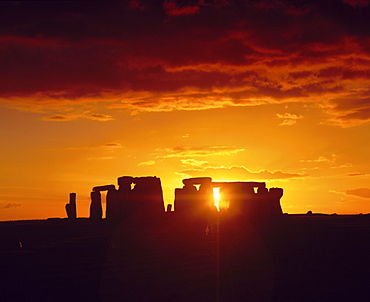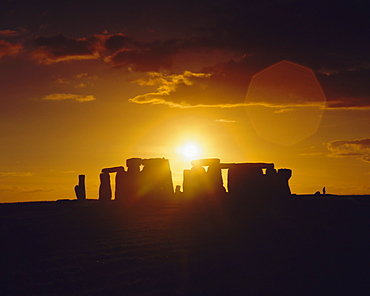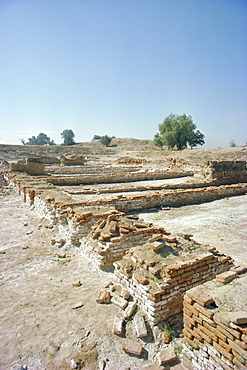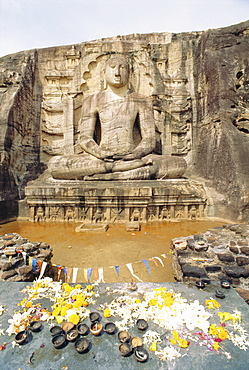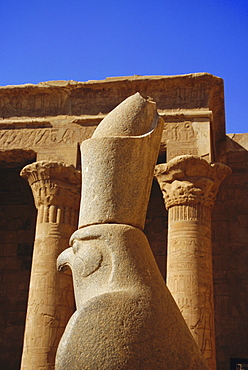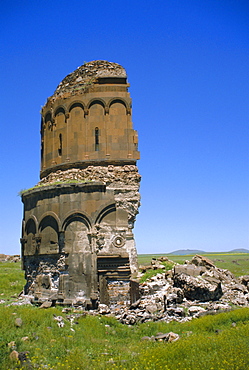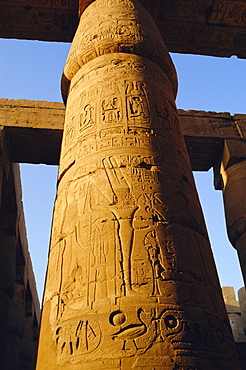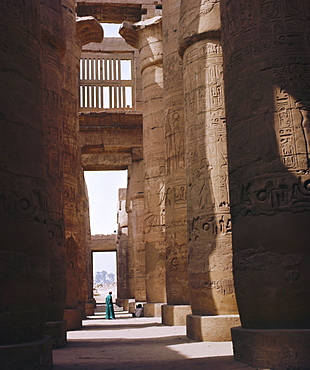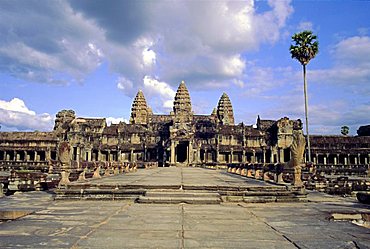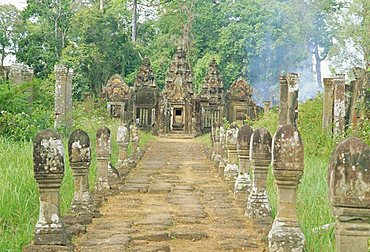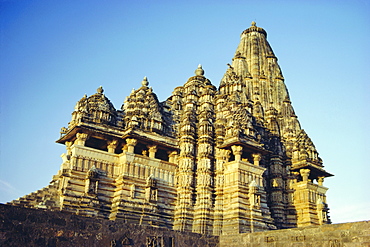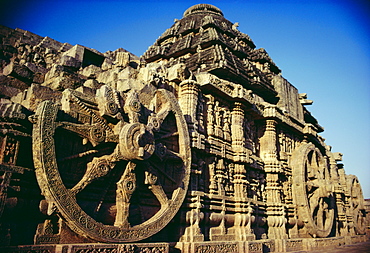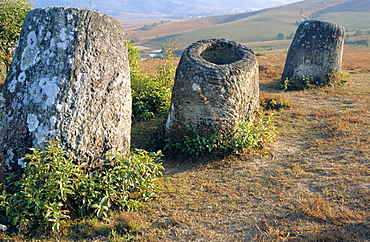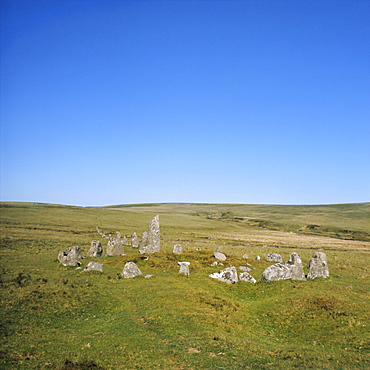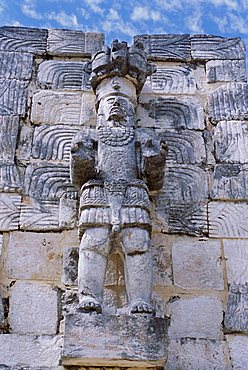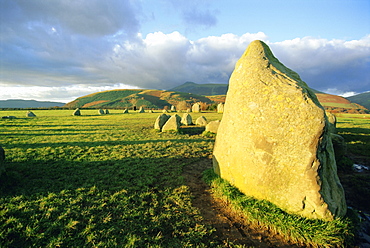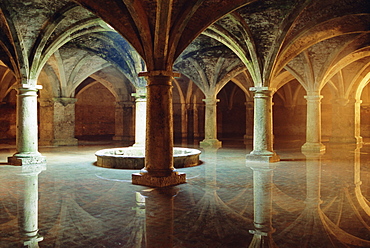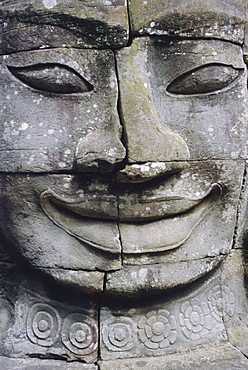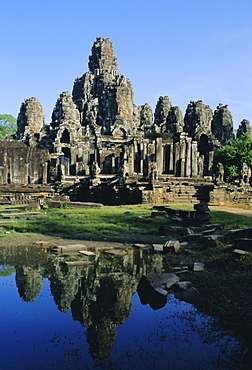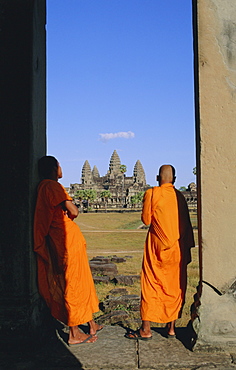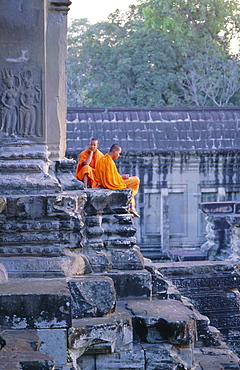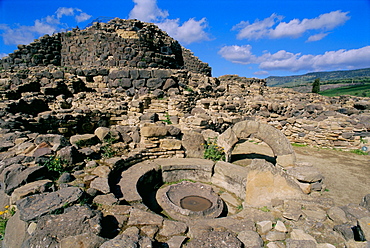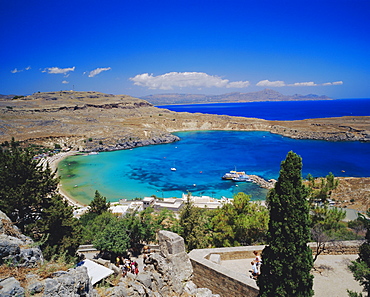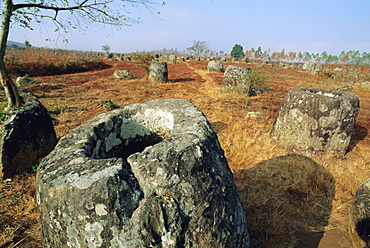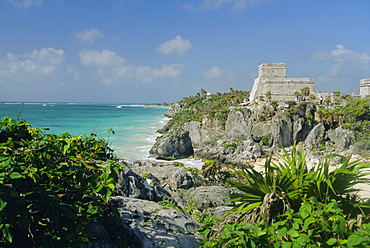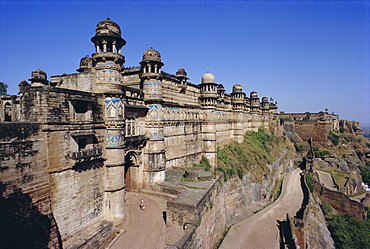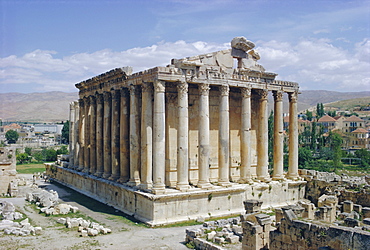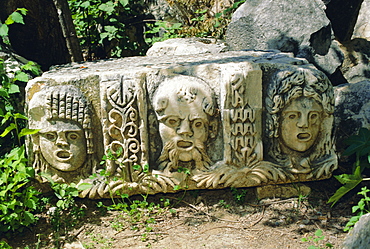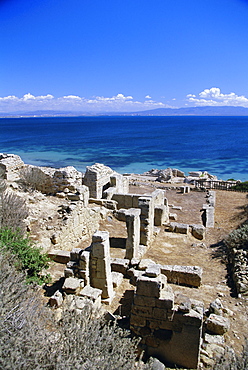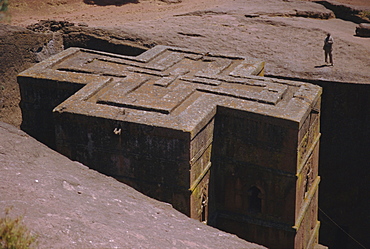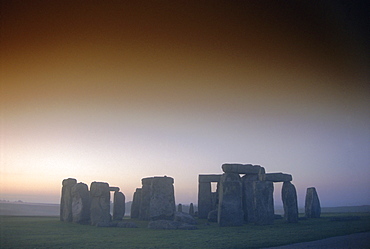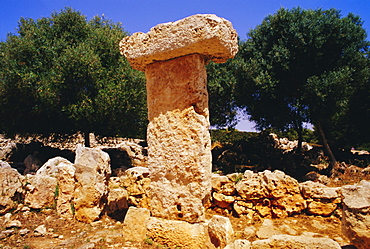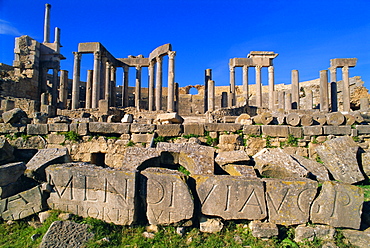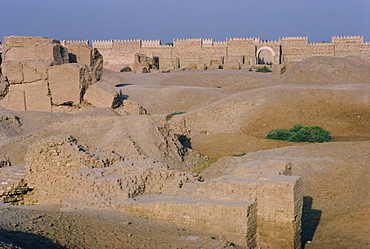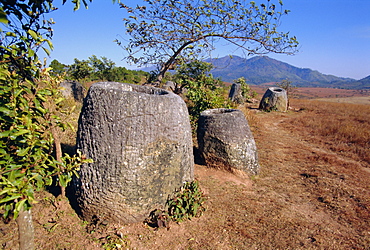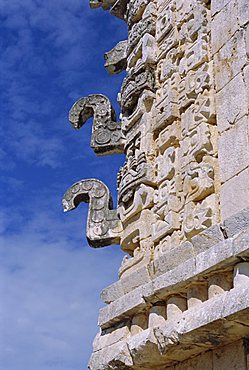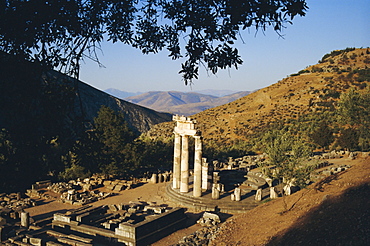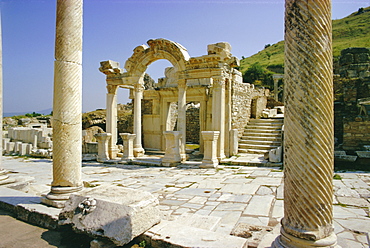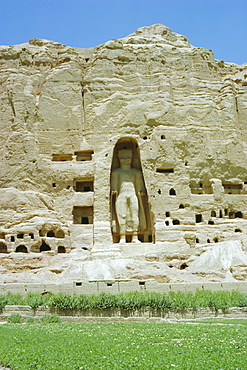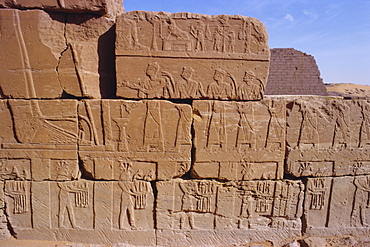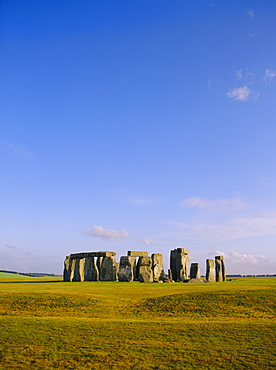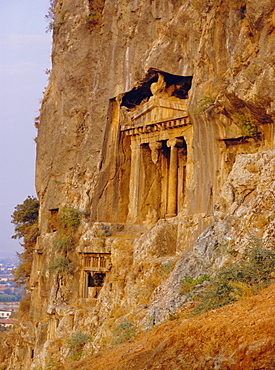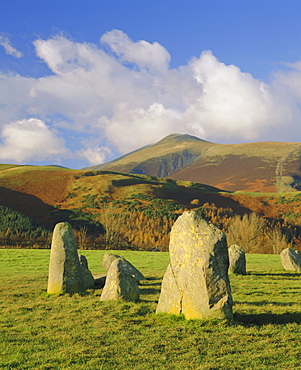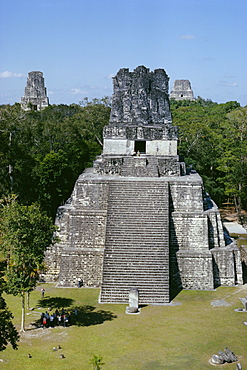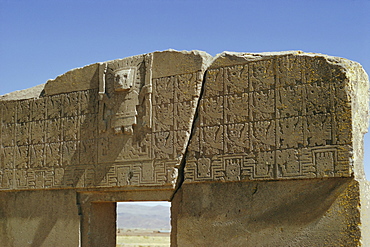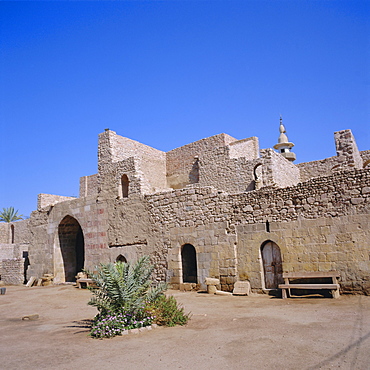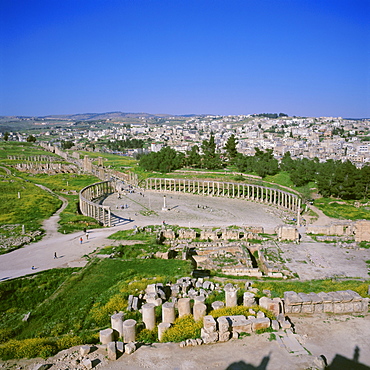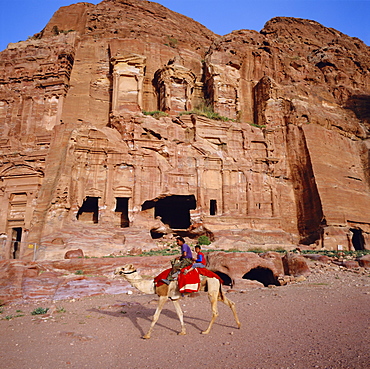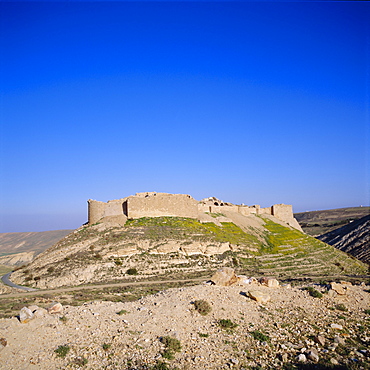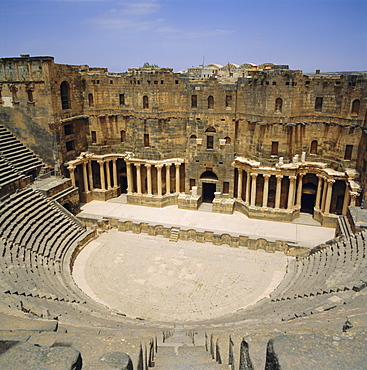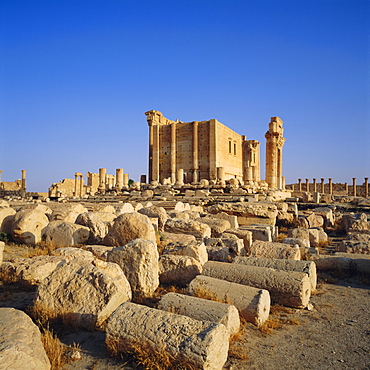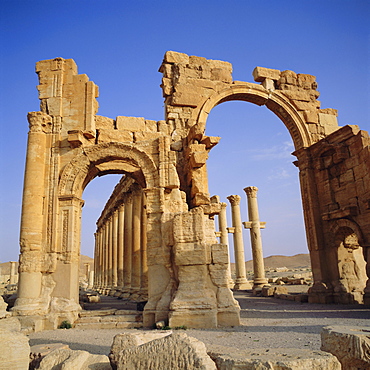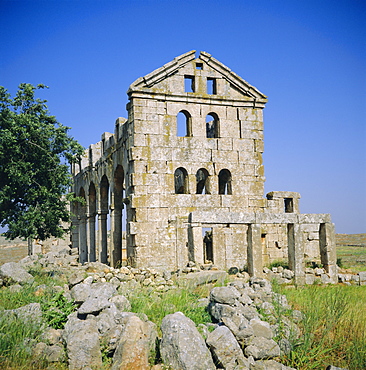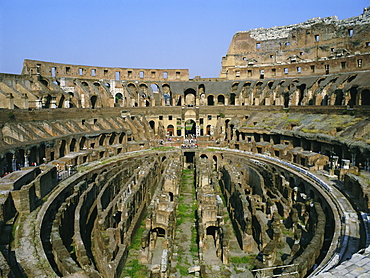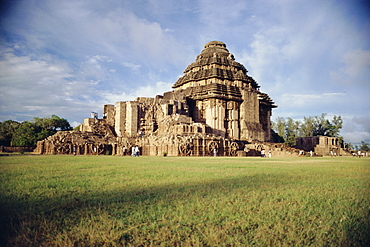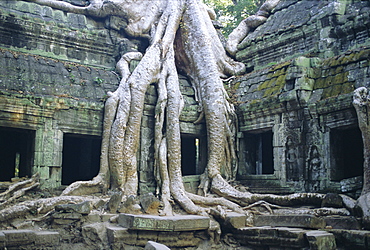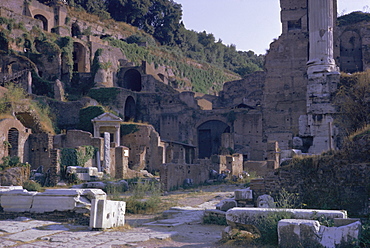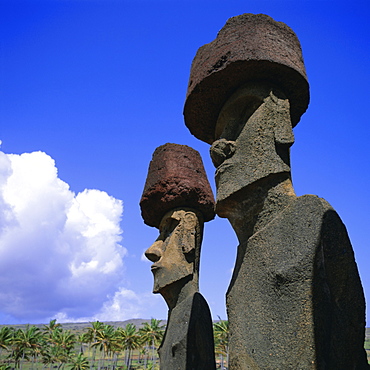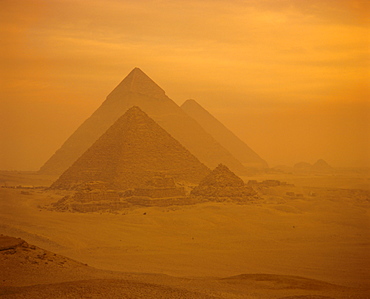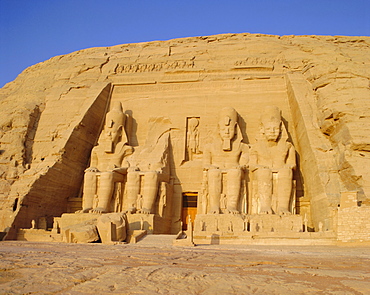Results
1 2 3 … 34 Next »
3370 results found
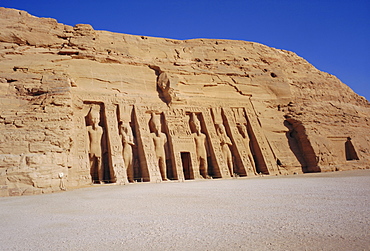
Temple of Hathor in honour of Nefretare, was moved when Aswan High Dam was built, Abu Simbel, Egypt, North Africa
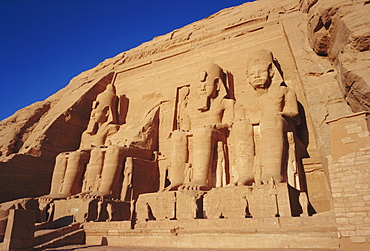
Temple of Re-Herakhte for Ramses II, was moved when Aswan High Dam was built, Abu Simbel, Egypt, North Africa
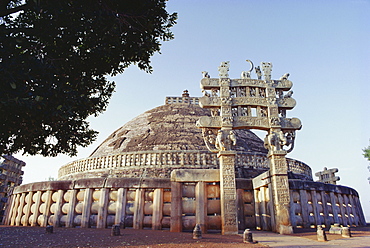
Buddhist stupa and torana (gateway) of Stupa 1, known as the Great Stupa, built by the Emperor Ashoka in the 3rd century BC, at Sanchi, Madhya Pradesh, India
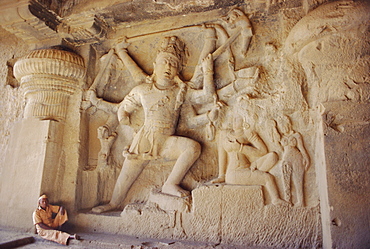
Rock cut panel showing the Hindu God Lord Shiva in Cave no 29, the Dhuma Lena Cave, at Ellora, Maharashtra State, India
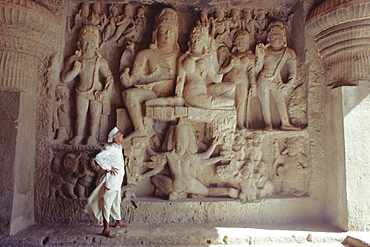
Rock cut panel depicting the Hindu God Lord Shiva and his wife Parvati, in Cave No 29, the Dhumar Lena Cave, at Ellora, Maharashtra State, India
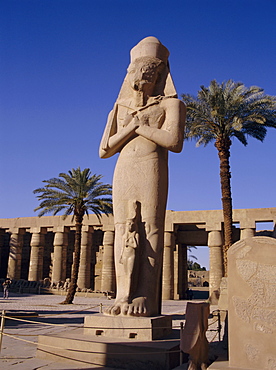
Statue of Amun, with Ramses II (Ramasses the Great) between his knees, Karnak, UNESCO World Heritage Site, Thebes, Egypt, North Africa, Africa
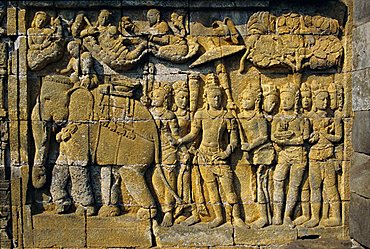
Relief carvings on frieze on outside wall of the Buddhist temple, Borobodur (Borobudur), Java, Indonesia
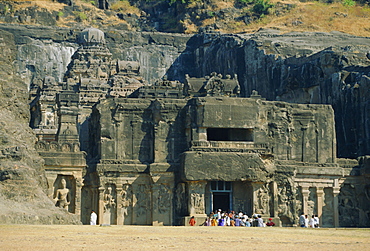
The huge Kailasa (Kailash) Temple, Ellora, Maharashtra State, India"Cut from the rock in the Hindu section of the world-heritage cave temples at Ellora, a project which took 150 years and entailed the removal of 200,000 tons of rock"
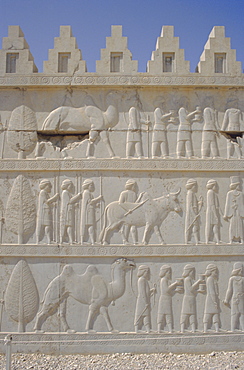
Parade of nations carving, Apadana Palace staircase, archaeological site, Persepolis, Iran, Middle East, Asia

Typical Inca wall, Machu Picchu, Peru, South AmericaThe lost city of the Inca was rediscovered by Hiram Bingham in 1911
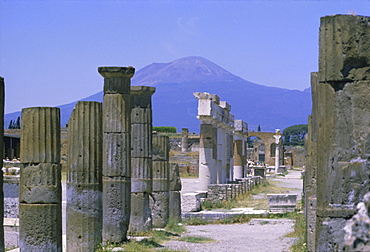
Mount Vesuvius seen from the ruins of Pompeii, buried in the ash flow of the eruption of AD 79, Columbus basalt lava marble and brick, Pompeii, UNESCO World Heritage site, Campania, Italy, Europe
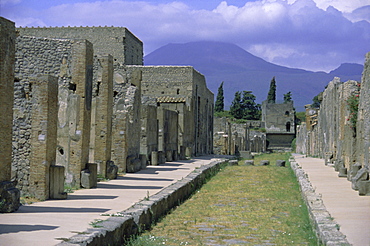
Restored buildings in Roman town buried in AD 79 by ash flows from Mount Vesuvius, in the background, Pompeii, UNESCO World Heritage site, Campania, Italy, Europe
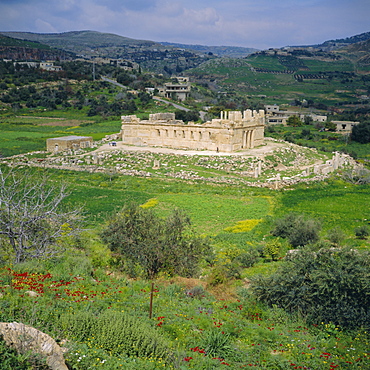
Qasr al-Abd (Fortress of the Servant), 3rd century BD Hellenistic palace west of Aman in Wadi as-Sir, Iraq al-Amir, Jordan, Middle East
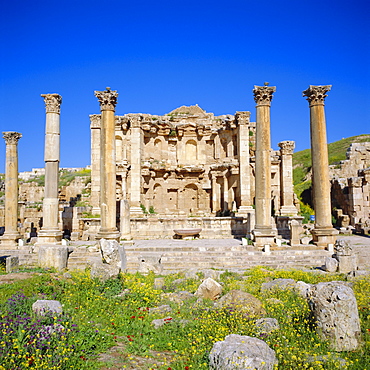
Nymphaeum (public fountain), 2nd century AD, of the Roman Decapolis city, Jerash, Jordan, Middle East
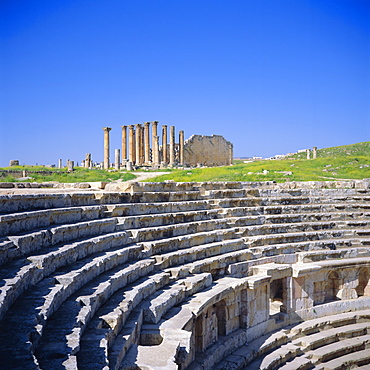
Temple of Artemis and North Theatre, 1st and 2nd centuries AD, of the Roman Decapolis city, Jerash, Jordan, Middle East
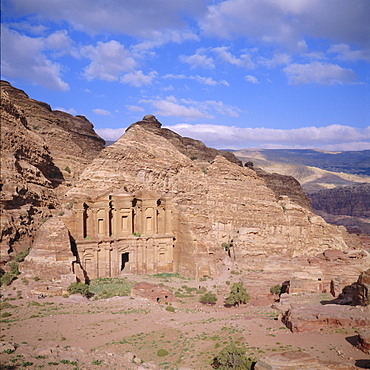
Monastery (ad-Deir), 3rd century BC, Petra, Jordan, Middle East"The largest Nabatean facade in Petra, 48m high, 47m wide"
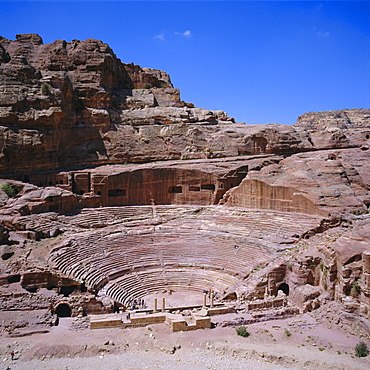
Main theatre, 1st century AD, carved into the solid rock, hellenistic style, Petra, Jordan, Middle East
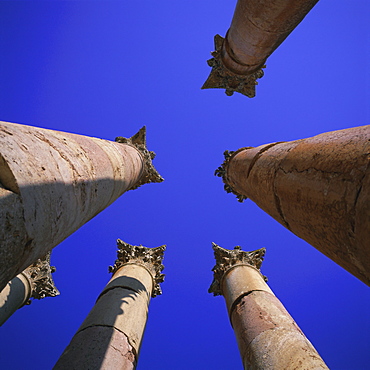
Peristyle of 13m tall columns, Temple of Artemis, 1st century AD city of the Roman Decapolis, Jerash, Jordan, Middle East
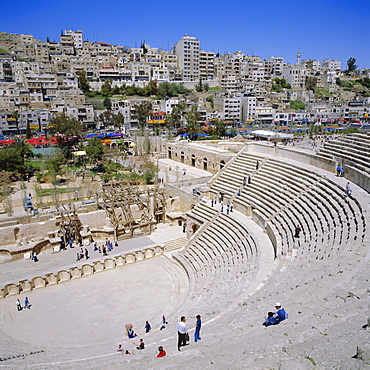
Roman Theatre, Amman, Jordan, Middle East"Completed in 177 AD under Marcus Aurelius it is the largest Roman theatre in Jordan with seating for 6,000"
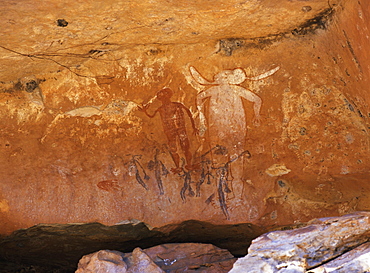
Aboriginal painted figures of varied periods, over-painted, near King Edward River, Kulumburu Road, Kimberley, Western Australia, Australia
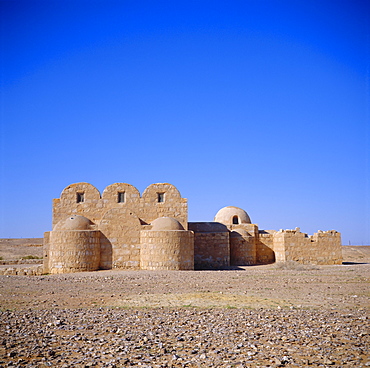
Qusayr Amra, Umayyad bath complex, Jordan, Middle EastBuilt in the desert by Caliph Walid I, 700-715, contains well preserved period frescos
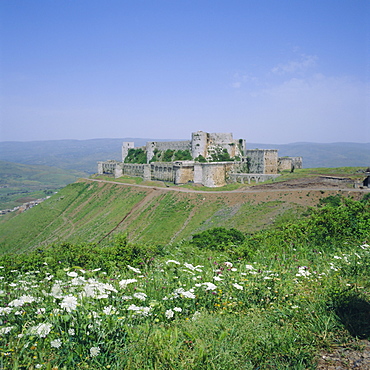
Crac des Chevaliers, Crusader castle, 1150-1250, built by the Knights Hospitaller, Syria, Middle East
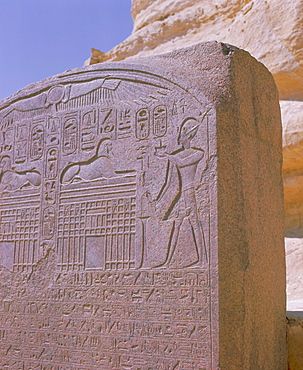
Stela in front of the Sphinx, Giza, UNESCO World Heritage Site, near Cairo, Egypt, North Africa, Africa
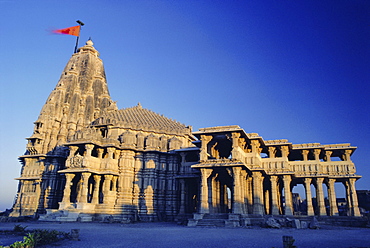
Hindu temple of Somnath, one of the twelve most sacred Siva temples, Somnath, Gujarat State, India, Asia
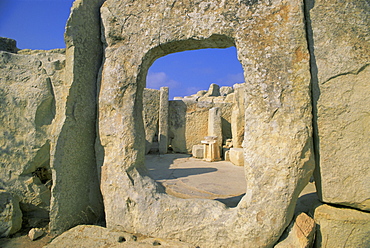
Megallithic temple dating from c. 3000 B.C., Hajar Qim (Hagar Qim), near Zurrieq, UNESCO World Heritage Site, Malta, Europe
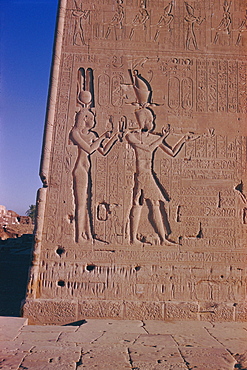
Ptolemy XVI son of Julius Ceasar, with his mother Cleopatra, in presence of deities, reliefs on the south facade, late Plotemaic temple of Hathor, Dendera, Egypt, North Africa, Africa
